Earlier this year, the birding world was shocked to learn that the Refugio Paz de Las Aves near Mindo, Ecuador is in danger of losing its land. That news spurred many of us to find ways to contribute to the campaign to save the reserve and the birds that live there.
Enter Tim Marlow, Founder and Principal Ecologist of Rainsbrook Ecology and dedicated birdwatcher. An avid supporter of the Paz family and their ecotourism project, Tim wanted to do more than donate. He wants to help spread the news.
We hope you enjoy his article about the Giant Antpitta and share it widely among your friends and family. FYI – Tim is British. Therefore, we have retained British English spelling & grammar to better reflect his writing voice.
La Antpitta Gigante
por Tim Marlow
Refugio Pas de las Aves es la localidad más conocida del mundo por la aparentemente muy rara Antpitta Gigante. El bosque del que dependen las aves es parte de un bloque más amplio en el área de Mindo que es crítico. Este bosque se ha convertido en un ejemplo significo del ecoturismo en Ecuador. Refugio Paz de las Aves es uno de, si no el más famoso lugar dentro de él y simplemente debe ser protegido.
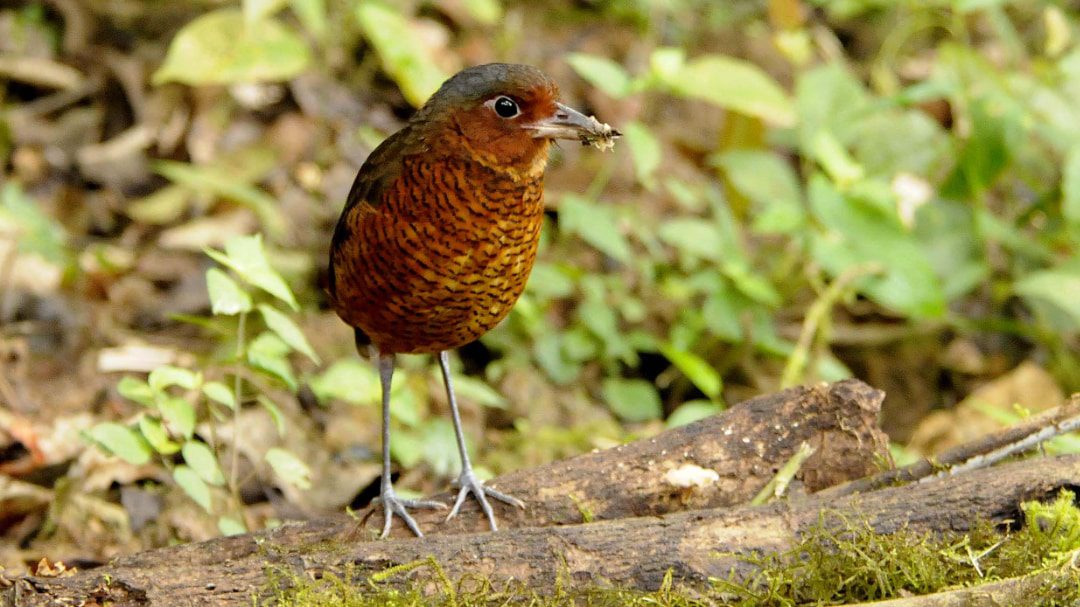
One of the rarer species is the Giant Antpitta (Grallaria gigantea) which occurs in Colombia, with few recent records, and Ecuador, where it was seldom recorded prior to 1991 when Paul Greenfield heard what he suspected to be this species along the old road from Tandayapa to Mindo. Following Greenfield’s breakthrough, once the vocalisations of Giant Antpitta were known and recorded, it was established that the species occurred sparingly in the cloud-forests around the small town of Mindo, Ecuador which lies at around 1500 metres on the west slope of the Andes, to the north-west of Quito. Whilst records of the race gigantea remained extremely unusual, those of the western form hlyodroma became a little more regular in the wider Mindo area.
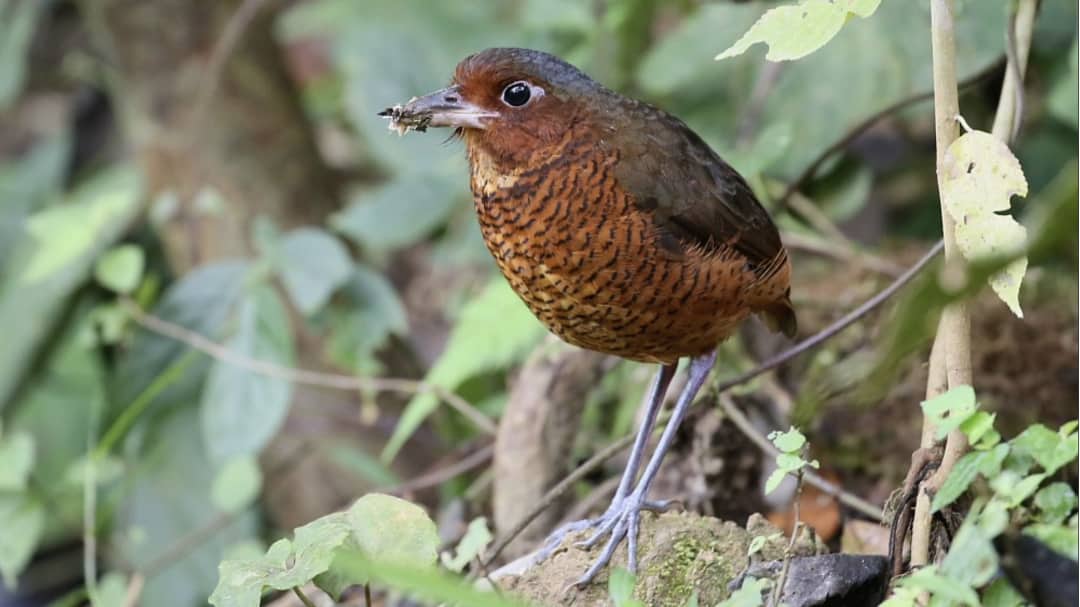
Sightings from the Mindo area have established that the bird’s diet included large worms and that they would even occasionally break cover to forage for them on the edges of pasture adjacent to the forest edge. Angel succeeded and the first habituated bird, Maria, became what must be one of the most famous and widely appreciated wild birds in history.
Since then, several generations of Giant Antpittas have been habituated by Angel on land owned by his family, now known as Refugio Paz de las Aves. Formerly classified as Endangered by BirdLife, the species is now listed as Vulnerable. It is nonetheless the case that records of Giant Antpitta away from the Mindo area, indeed away from Refugio Paz de las Aves, are few and far between and the total global population is estimated to be between 600-1700 individuals.
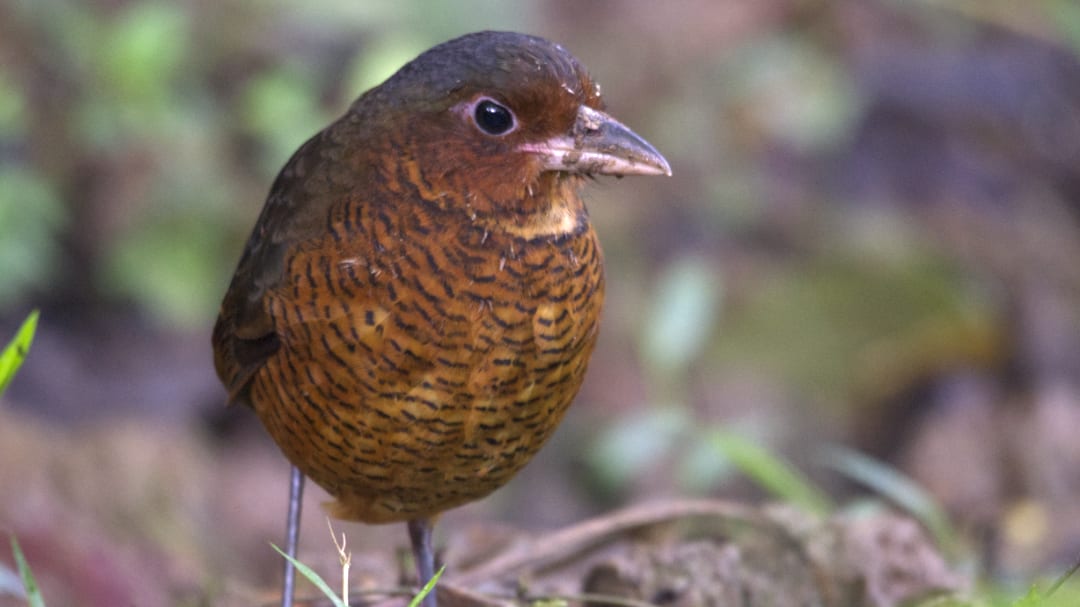
Otro proyecto que surgió de las discusiones en ese viaje fue el establecimiento del Club de Aves Neotropicales y lo publicamos en la revista Cotinga del club en 1996. Aunque la revisión solo fue posible con la generosa cooperación de notables ornitólogos neotropicales, tuve la idea de recopilar información sobre especies amenazadas y endémicas para resaltar la importancia de conservación de Mindo y el área en general. Hay una raza de otra especie de antpitta, el pecho ocre, llamado así por la ciudad, y una serie de aves que se encuentran alrededor de Mindo que son endémicas del Chocó, un cinturón de selva tropical «súper húmeda» que se extiende desde el noroeste de Ecuador a través de Colombia, eventualmente conectando con el Darién. También se discutieron especies que no se conocían de los alrededores inmediatos de la aldea, pero que podrían ocurrir plausiblemente en elevaciones más bajas, y muchas se han encontrado posteriormente en el área más amplia.
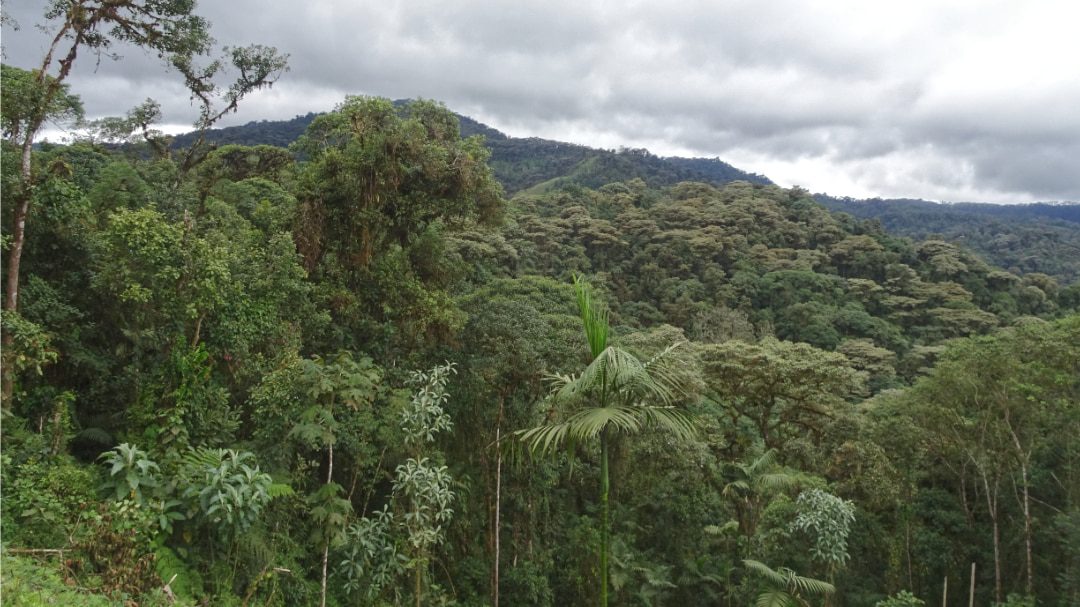
I returned in 2016 and finally got to see Giant Antpitta at Refugio Paz de las Aves. I was absolutely thrilled to see the forest there and in the wider Mindo area. It is likely clearance would have occurred widely were it not for the fact that these forests support the local economy through tourism.




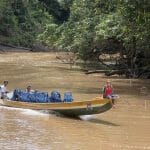



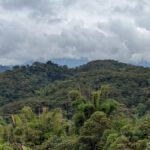

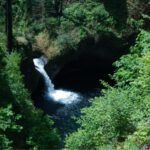




0 comentarios